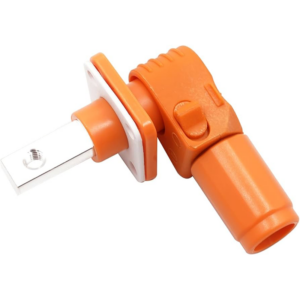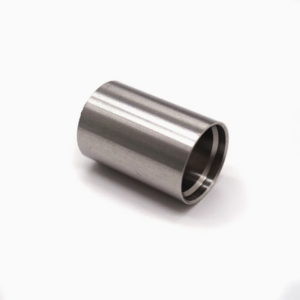Battery contacts are a critical component in ensuring your electronic devices receive a reliable, uninterrupted power supply. As essential links between a device’s power source and its internal circuitry, battery contacts are engineered to maintain a stable electrical connection despite frequent insertion and removal. Their performance is key to the longevity and reliability of the devices they power. In this blog, we’ll explore everything you need to know about battery contacts, from how they function to selecting the right materials and ensuring long-term performance. Let’s dive into the technical details to help you make the best decisions for your devices.
At Topmetalstamping, we specialize in providing high-quality, precision-engineered battery contacts for a wide variety of applications. Whether you are an OEM looking for reliable components for your next project or seeking to optimize existing devices, we offer tailored solutions to meet your needs. Keep reading to uncover the secrets behind the functioning, materials, types, and maintenance of battery contacts.
What Are Battery Contacts?
Battery contacts, often referred to as battery terminals, are metallic connectors that establish an electrical connection between a battery and the device’s circuit. These components are designed to ensure that power flows efficiently and consistently from the battery to the device, providing the necessary energy for its operation. Battery contacts are engineered to withstand repeated battery insertions and removals without losing performance.
Typically, these contacts are crafted from highly conductive metals like copper, brass, nickel, and stainless steel. They are specifically chosen for their excellent electrical conductivity, corrosion resistance, and durability. The design of these contacts may vary, but their main function remains consistent: to provide stable and efficient power transfer to ensure the device operates smoothly.

How Do Battery Contacts Work?
Battery contacts function by physically and electrically connecting the battery’s terminals to the device’s internal power management system. When a battery is inserted, the contacts make a firm connection with the battery terminals, allowing the flow of electricity to power the device.
The design of the contact plays a crucial role in maintaining this electrical connection, ensuring that it is stable even when the device is subject to movement, vibrations, or temperature fluctuations. This consistent contact is essential to avoid power interruptions, which could lead to device malfunctions or shortened battery life.
Key Materials Used for Battery Contacts
Choosing the right material for battery contacts is vital for optimal performance. Each material used in battery contacts offers unique advantages, depending on the specific needs of the device and its operational environment.
- Brass: Brass is highly favored for its excellent conductivity and resistance to corrosion. It is commonly used in consumer electronics and medical devices.
- Copper: Known for its superior electrical conductivity, copper is the go-to material when high performance is required. However, it can be more expensive than other materials.
- Nickel: Nickel offers excellent durability and corrosion resistance, making it suitable for devices exposed to harsh environments such as automotive or industrial applications.
- Stainless Steel: While stainless steel offers strength and resistance to oxidation, its lower conductivity makes it less ideal for devices requiring high power efficiency. However, it is often used for applications where mechanical strength is more critical than conductivity.
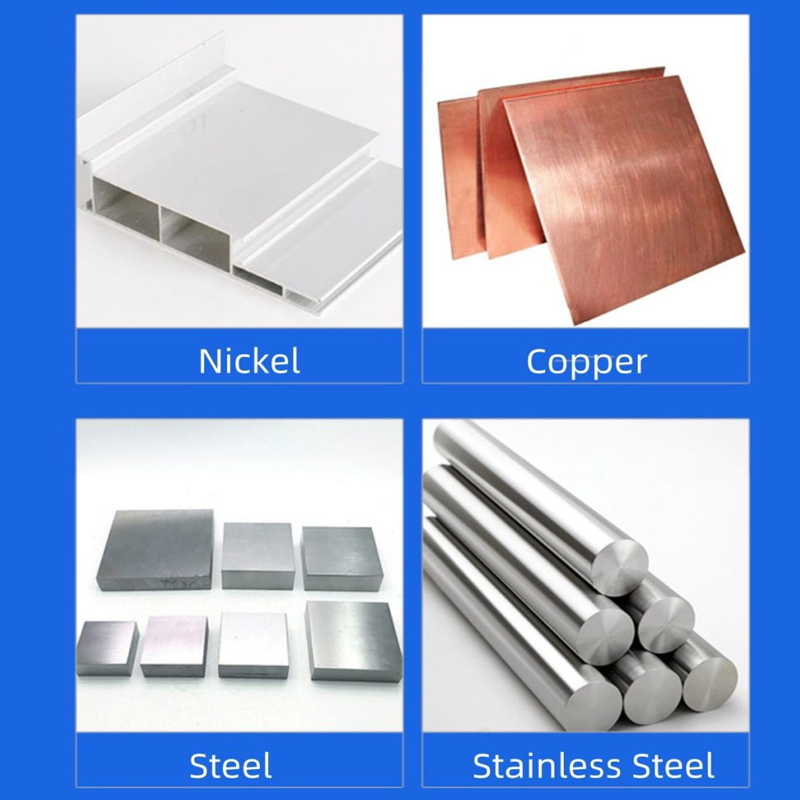
Selecting the Right Material for Battery Contacts
When choosing materials for battery contacts, it’s essential to consider the following factors:
- Conductivity Needs: If your device requires high electrical efficiency, copper is the optimal choice due to its superior conductivity.
- Environmental Factors: For devices exposed to moisture or chemicals, nickel or stainless steel should be preferred for their corrosion resistance.
- Mechanical Wear: If your device requires frequent battery changes or is subject to vibration, materials like brass or stainless steel provide excellent durability.
- Cost Considerations: Copper is ideal for performance, but it is pricier. Brass offers a good balance between cost and performance.
- Compliance with Standards: Make sure the selected materials meet the necessary regulatory standards (such as RoHS, REACH, or FDA) relevant to your industry.
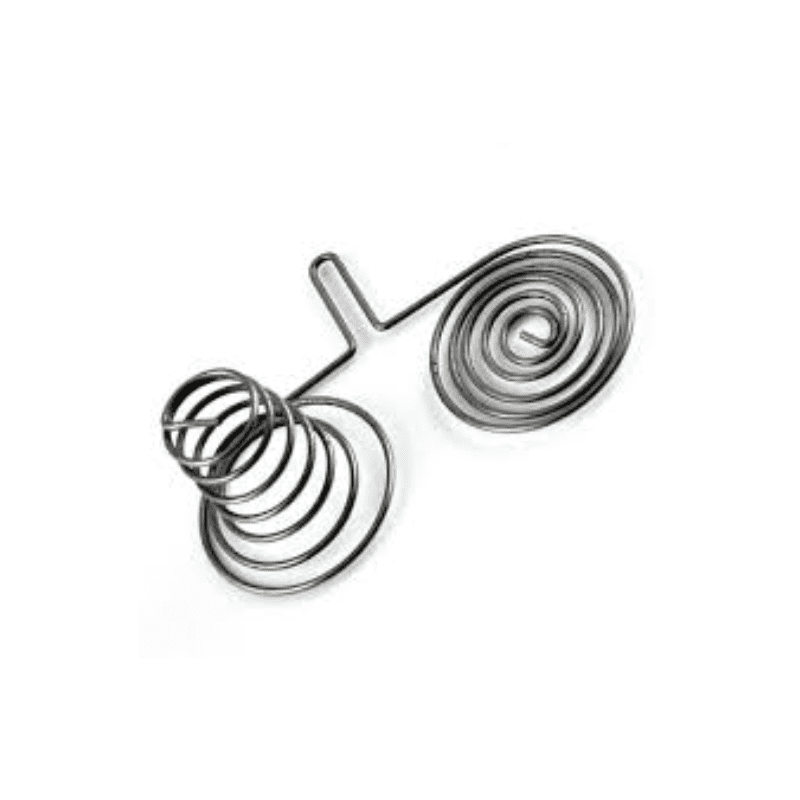
Different Types of Battery Contacts
Battery contacts come in various forms, each designed for specific applications based on the device’s power requirements, space constraints, and environmental factors. Here are the common types of battery contacts:
- Leaf Spring Contacts: These flexible contacts are designed to accommodate slight variations in battery size, ensuring a tight fit and a reliable connection.
- Coil Spring Contacts: Known for their durability, coil spring contacts are often used in devices that experience vibration or movement, ensuring the connection remains firm.
- Button Contacts: Small and compact, button contacts are used in devices where space is limited, such as in hearing aids or small remote controls.
- Sliding Contacts: These contacts allow for easy battery insertion and removal. They are often used in larger battery compartments.
- PCB-Mounted Contacts: These are mounted directly onto a printed circuit board (PCB) and are ideal for highly compact devices. They allow for precise connections and are custom-made for specific shapes and configurations.
- SMD (Surface-Mount Device) Contacts: SMD contacts are directly soldered onto a PCB and are perfect for high-volume production and devices with tight internal spaces.
- Cantilever Contacts: These contacts provide a simple yet effective method of ensuring a reliable electrical connection through a cantilever mechanism, balancing ease of installation with stability.
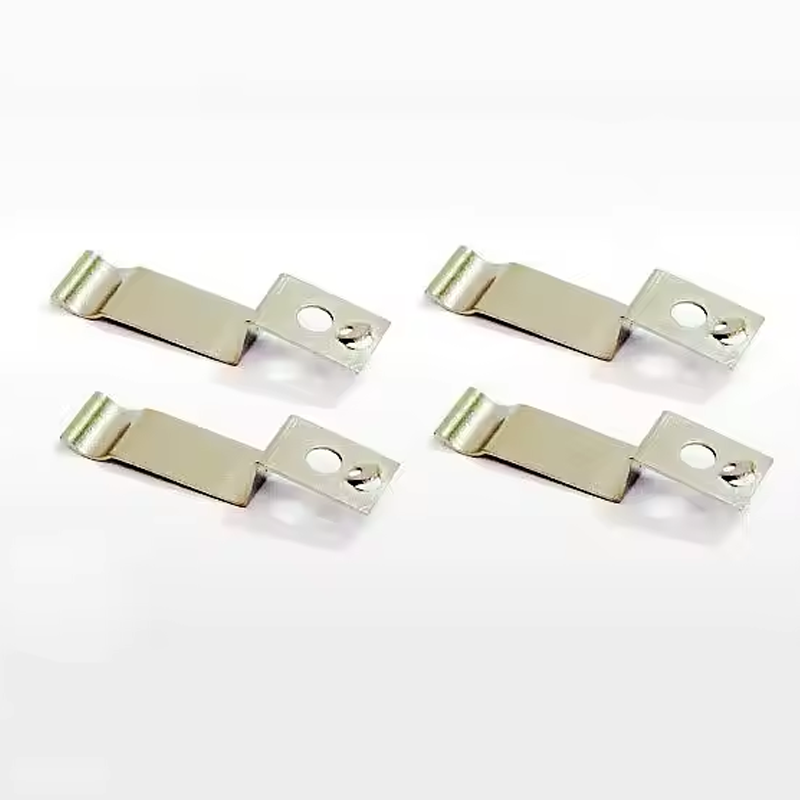
Common Issues with Battery Contacts
While battery contacts are essential components, they can encounter several common issues that compromise their functionality:
- Corrosion: Exposure to moisture or humidity can lead to the corrosion of battery contacts, reducing their electrical conductivity and leading to power interruptions.
- Wear and Tear: Frequent battery replacements or improper contact design can cause the contacts to wear out over time, leading to poor connections and device malfunctions.
- Spring Fatigue: Coil or leaf springs used in some contacts can lose tension over time, leading to reduced contact pressure, which can cause intermittent power loss.
- Dirt and Debris: Accumulation of dust or dirt on the contacts can obstruct the electrical connection, affecting device performance.
- Improper Material Choice: Using an inappropriate material for the environmental conditions or mechanical demands of the device can lead to premature failure of the contacts.

Maintaining Battery Contacts: Tips and Best Practices
To ensure your battery contacts function optimally, regular maintenance and proper troubleshooting are crucial. Here are some key tips:
- Regular Cleaning: Clean contacts periodically using a dry cloth. For stubborn dirt, use isopropyl alcohol to gently clean the contact surfaces.
- Anti-Corrosion Measures: Apply a light coating of petroleum jelly or an anti-corrosion spray to prevent oxidation, especially in humid or marine environments.
- Tightening Loose Contacts: If the contacts become loose, carefully adjust them to ensure a snug fit with the battery terminals.
- Periodic Inspections: Check for signs of wear, damage, or corrosion. Replace any worn-out or damaged contacts to maintain stable device operation.
- Optimal Environmental Conditions: Store devices in a controlled environment, free from extreme temperatures and humidity, to prevent premature degradation of the contacts.
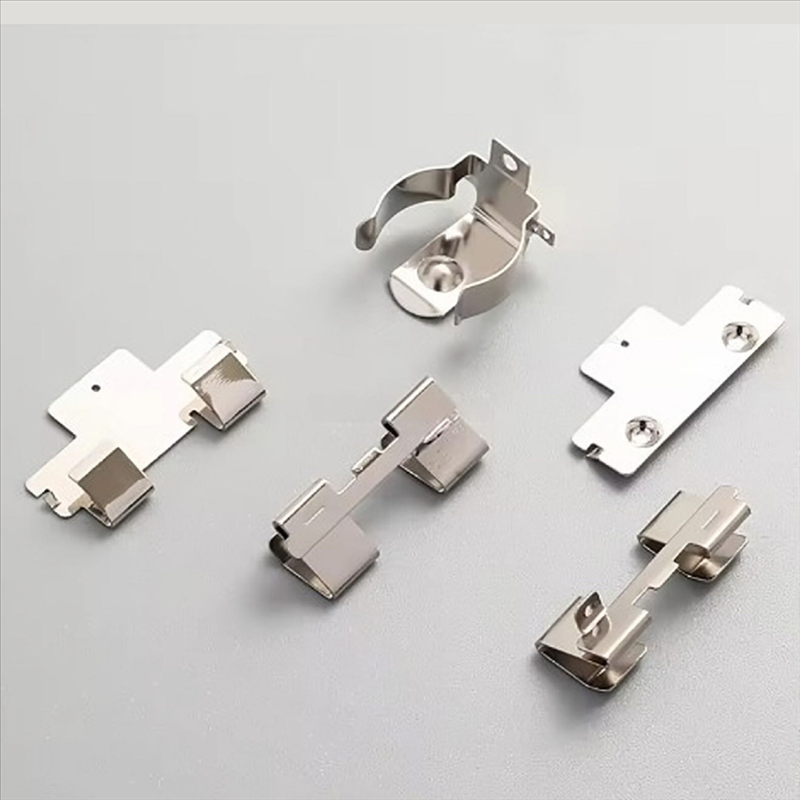
Troubleshooting Battery Contact Issues
If you encounter issues with device performance, here are some troubleshooting steps:
- Intermittent Power: Check for dirt or misalignment on the contacts. Clean or adjust as necessary.
- Device Won’t Power On: Ensure the battery is properly installed, and the contacts are clean and intact. Test with a new battery if necessary.
- Reduced Performance: Inspect the contacts for corrosion or excessive wear. Replace damaged components to restore full functionality.
- Unexpected Power Loss: Tighten any loose contacts and check for external factors like dust or moisture.
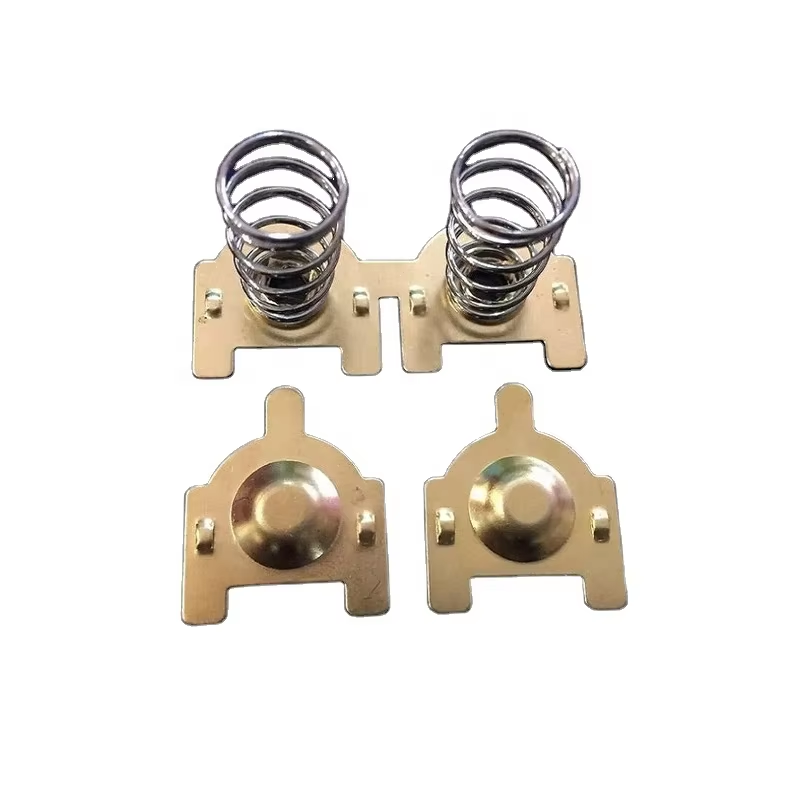
Conclusion
Battery contacts are small but vital components that play a significant role in the functionality of electronic devices. Ensuring that these contacts are properly designed, maintained, and chosen based on the specific needs of your device is essential for reliable operation. At Topmetalstamping, we specialize in providing high-quality, precision-engineered battery contacts that meet the demands of various industries, from consumer electronics to medical devices.
For any assistance or to explore our range of custom battery contacts tailored to your device requirements, feel free to contact us today. Our team of experts is ready to provide you with top-notch solutions to ensure your devices operate at their best. Reach out to us for more information or to discuss your project in detail.

